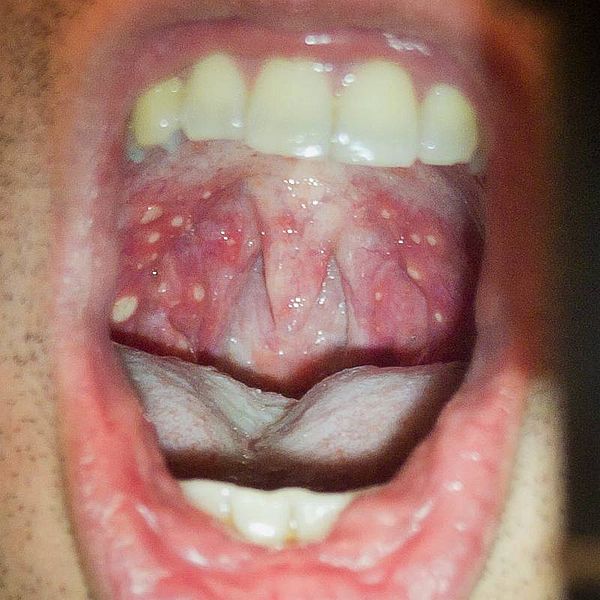McKinley Health Center at the University of Illinois at Urbana-Champaign has reported dozens of cases of the viral disease, hand, foot and mouth disease (HFMD) Wednesday.

Image/shawn c
Since the beginning of the fall semester, 60 cases have been reported.
This is a contagious illness caused by a version of enterovirus that is a common illness in infants but is rarely seen in older children or adults.
The symptoms of HFMD include fever, rash on the hands and feet, and sores or blisters in or around the mouth.
Because of its distinctive appearance, medical providers generally can make a diagnosis on the clinical appearance alone, without needing any additional laboratory testing for confirmation.
The illness resolves spontaneously over a period of days or a week, even without treatment. When treatment is provided, it is directed towards reducing some of the symptoms such as fever or discomfort. There is no specific treatment for this particular viral illness.
The disease is spread from person to person by close personal contact, such as kissing and other skin to skin contact, contact with feces, or contact with contaminated objects and surfaces. On rare occasions, it can be spread through coughing or sneezing, although coughing and sneezing are not common among people who happen to have Hand, Foot and Mouth Disease.
Preventive measures such as improved general hygiene, especially frequent hand washing and bathroom hygiene, are important for prevention of spread of the illness.
In general individuals may be contagious for up to a week and should avoid physical contact, including hand shaking, or sharing objects or kissing, or other versions of close personal contact during their potential contagious time period.
Patients seen at McKinley Health Center are given an individual preventive strategy depending on the time course and expected period of contagious spread, severity of the illness and other circumstances. There are no specific national guidelines for isolation measures in individuals at college age.
Related:


2 thoughts on “University of Illinois reports dozens of hand, foot and mouth disease cases”